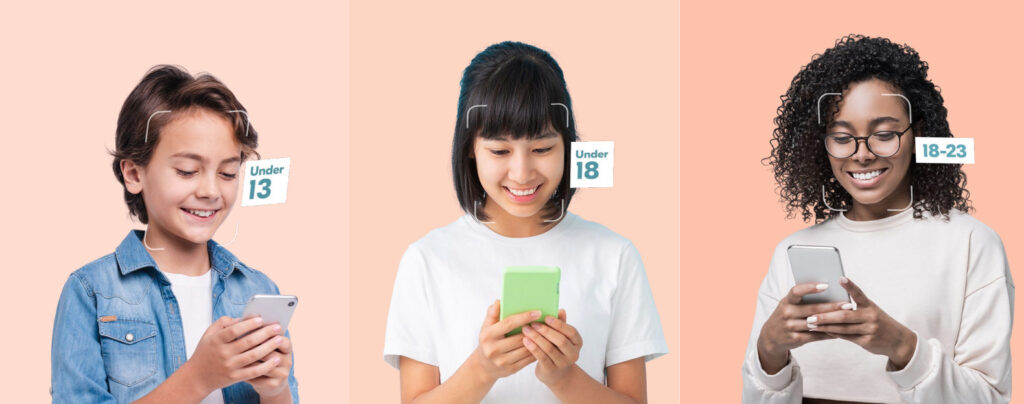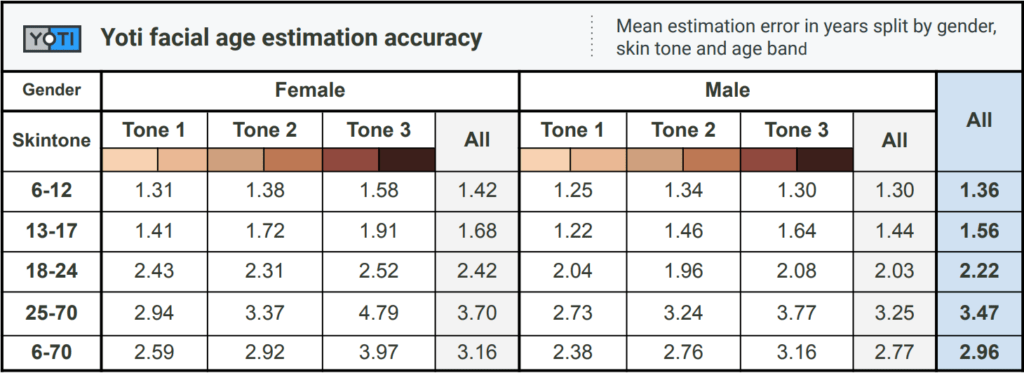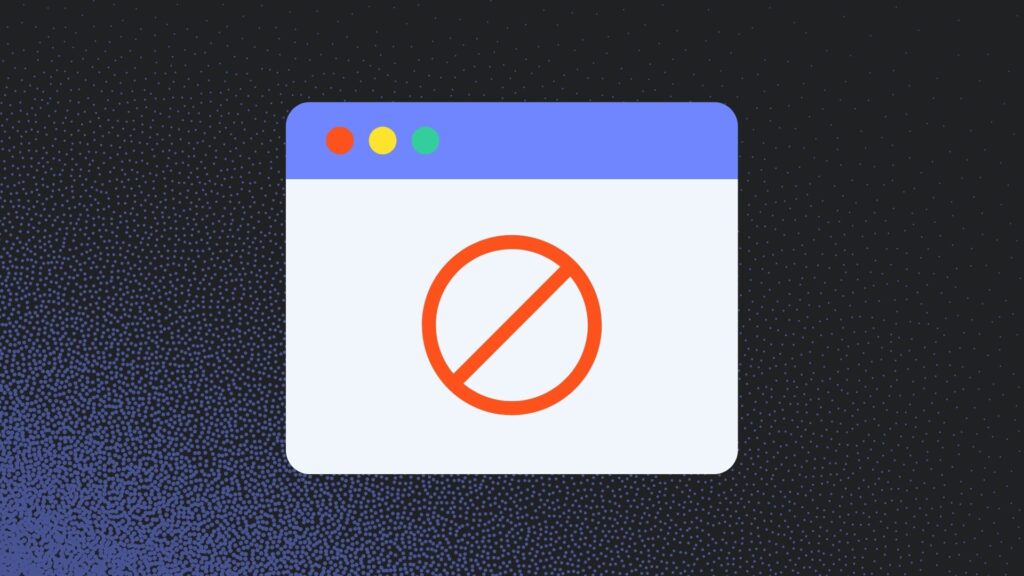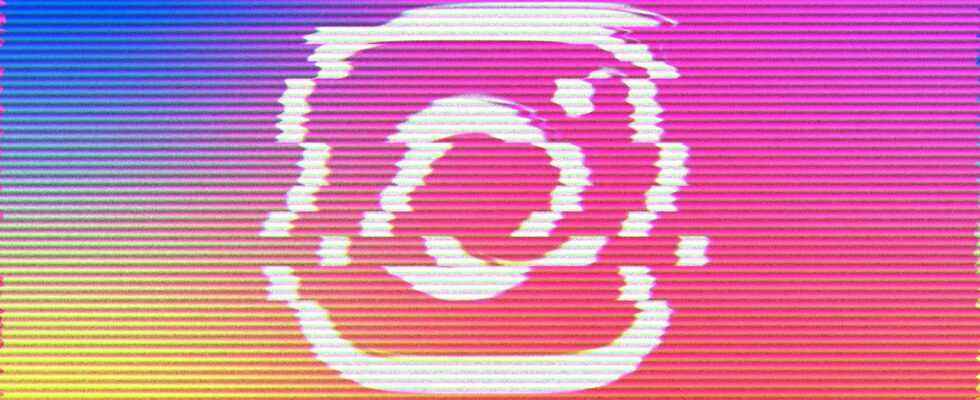Instagram, which is prohibited for children under 13, will use artificial intelligence to ascertain the age of its users. A still experimental measure, first tested in the United States.
The announcement was made this Thursday, June 23, 2022: Meta, the parent company of Facebook, will test a new way to verify the age of its users. “ If someone tries to change their date of birth from under 18 to over 18, we will ask them to prove their age “, announced the company in a press release.
For this, users will have 3 options:
- verification with an identity card,
- confirmation with relatives of the user,
- and the recording of a selfie video, in partnership with Yoti, a company specializing in online identity verification using artificial intelligence.
For now, the test phase is only taking place in the United States. However, such a measure raises many questions, particularly in terms of artificial intelligence bias.
How would that work, exactly?
The reason why Instagram wants to verify the age of its users is simple: the platform is prohibited for people under 13 years old. Furthermore, ” in some countries, the minimum age to register is higher “says Instagram. ” When we know that a user is a teenager, between 13 and 17 years old, we offer them age-appropriate experiences, such as setting their account to private by default […] and we limit the ways advertisers can reach them with advertising. »
In the event that affected users choose to provide a video selfie to prove their age, they would need to take video of themselves moving their heads. Once taken, the selfie will only be sent to Yoti, says Meta, who won’t be able to recognize their identity—only their age. ” Yoti’s technology estimates age based on facial features “explains Meta. However, the company does not specify which characteristics are studied. Once the analysis is complete, Meta and Yoti delete the images.

On its site, Yoti explains that its technology was developed using a type of artificial intelligence called “neural network”. ” For AI, the image is simply a structure of pixels “, indicates Yoti on its site, “ and our technology has been trained to spot structures ”, so that she learned to differentiate the models usually attributed to people of a particular age. ” Yoti’s technology does not recognize the identity and the images provided are not reused to train the AI. »
Does age verification by facial analysis work?
Yoti is confident in its technology: to ” 6 to 12 year olds, the mean absolute error [l’écart moyen des prédictions par rapport aux valeurs réelles, NDLR] is 1.36 years, and for 13 to 19 year olds it is 1.52 years”. A total of 99.65% of users between the ages of 13 and 17 were correctly identified as under 23, according to the company.
But there are errors, however, and as with all AIs, biases. Yoti’s is no exception: it records more errors for users with dark skin. If the margin of error remains quite low, the fact that it goes from 2.94 for the whitest women between 25 and 70 to 4.79 for those with the darkest skin is nevertheless striking.

But that’s unfortunately all the company communicates about it: there are no details on whether the tool will be improved, or whether the company wants to find the source of the bias. It could be partly explained by the fact that Yoti used Fitzpatrick’s classification.
This is a tool developed in the 1970s to classify the skin types that would be the least sensitive to UV rays. Widely used in tech for training artificial intelligence, this classification is nevertheless increasingly criticized for its lack of nuance concerning the darkest skins, which are not represented enough. On the contrary, it would be biased in favor of the lightest skin. Google has also announced that it will stop using the Fitzpatrick classification for the development of its products in 2021.
Use in France?
Despite Yoti’s AI biases, Instagram informed that testing has already begun. They are currently taking place only in the United States, and Meta has not communicated on a possible arrival in Europe. However, Yoti is already in use in Germany. “ Yoti’s technology has been approved by the German regulator “, explains the company, which also indicates that its app can be used to verify the age of individuals located in Germany who would like to access “ adult content “.

This type of agreement has not yet been made in France. But the government has also been thinking for some time about solutions to limit access to pornographic content for adults. Arcom thus sent a formal notice to 5 pornographic sites in December 2021 asking them to set up ” concrete measures to prevent minors from accessing their content “. For the time being, the avenues adopted by the government are nonetheless different : the purchase of a “porn pass” in store was mentioned, such as a check by bank card, or even a confirmation of age with… FranceConnect.
Linc, the CNIL’s innovation laboratory, has also just published a guide for ” a privacy-friendly age verification mechanism “. The latter recommends setting up a protocol mainly based on a cryptographic concept called group signature “, which would allow ” a user to sign anonymously within a group “. No video selfie questions yet.
